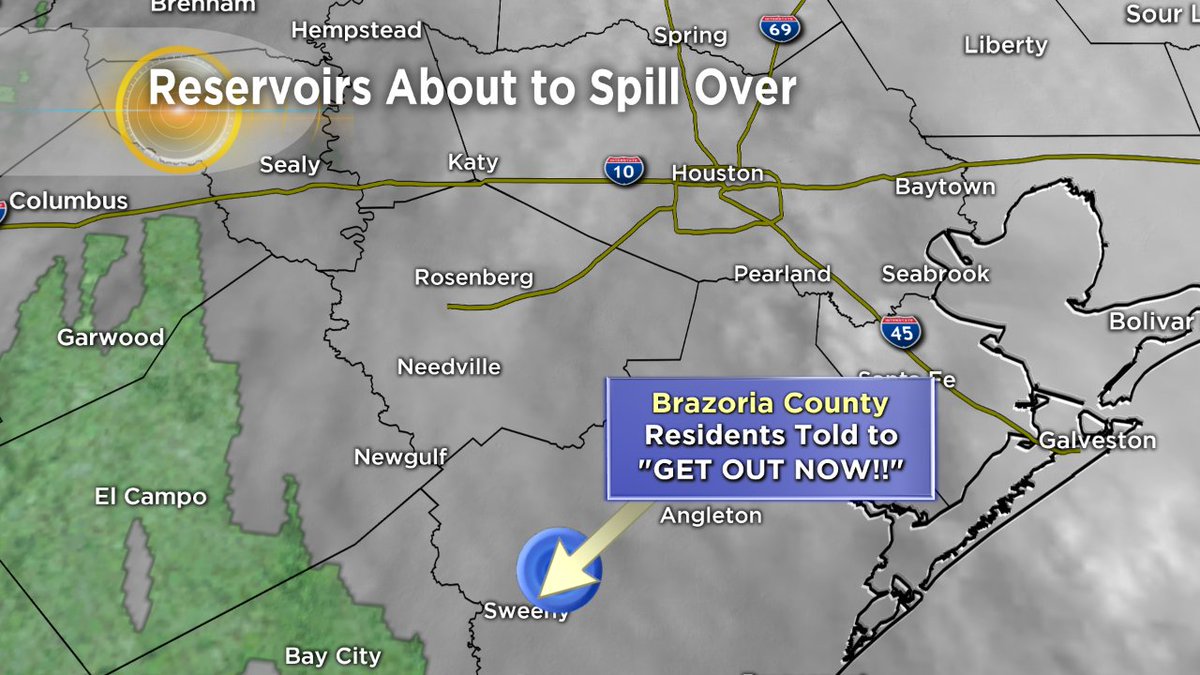Re: Dam failure and flooding
At least eight people ended up dead and one went missing due to heavy rains that the Chinese province of Jilin.
At Least 8 Dead After Heavy Rains Hit Northeast China
https://sputniknews.com/asia/201707151055570270-china-rains-casualties-damage/
Heavy rains claimed the lives of at least eight people and one person went missing in China's northeastern province of Jilin, local media reported on Saturday.
The strongest precipitation was recorded in the central county of Yongji, where the disaster reportedly killed five people, according to the Xinhua news agency.
Torrential rains have been reportedly hitting the province starting from Thursday, prompting evacuation of over 120,000 people.
According to the news agency,
the continuous rainfalls damaged the infrastructure, including roads, bridges and houses, affecting nearly 320,000 people in 13 counties of the province.
July 11, 2017 - Beginning July 10, U.S. Geological Survey scientists plan to conduct fieldwork along a flood-impacted stretch of New York’s Lake Ontario shoreline, using unmanned aerial systems (also known as drones), pressure sensors that measure water elevation and special water-elevation gages designed for rapid set-up. The fieldwork, supported by the state of New York and the Federal Emergency Management Agency, is designed to gather up-to-date information to help emergency managers track and respond to historic levels of flooding, and to collect new scientific data about coastal processes affecting the lake’s shoreline.
USA – USGS Scientists to Track Effects of Historic Lake Ontario Flooding
http://floodlist.com/america/usa/scientists-track-lake-ontario-flooding
High waters on Lake Ontario and the St. Lawrence River have damaged hundreds of residential and commercial properties along the shoreline, leading New York Gov. Andrew Cuomo to declare a state of emergency in six counties around the lake. The flooding was caused by heavy rains that fell on the Lake Ontario basin, a 32,000-square-mile area that stretches between the U.S. and Canada, in April and May.
The Army Corps of Engineers estimated that roughly four trillion gallons of rain water has flowed into Lake Ontario. The lake is now more than 30 inches above normal, the highest it has been since at least the 1950s.
9 June, 2017 - Governor Asa Hutchinson submitted his formal request for a federal disaster declaration to the Trump administration for 31 Arkansas counties affected by severe storms, flooding and tornadoes in April and May.
USA – Arkansas Governor Submits Federal Disaster Declaration for 31 Counties
http://floodlist.com/dealing-with-floods/usa-arkansas-governor-submits-federal-disaster-declaration-31-counties
Governor Hutchinson requested the declaration for Baxter, Benton, Boone, Carroll, Clay, Cleburne, Conway, Craighead, Cross, Faulkner, Fulton, Independence, Izard, Jackson, Lawrence, Madison, Marion, Mississippi, Montgomery, Newton, Ouachita, Perry, Poinsett, Prairie, Pulaski, Randolph, Saline, Washington, White, Woodruff and Yell counties.
Governor Hutchinson declared the affected counties as state disaster areas earlier in May. Due to the extensive nature of the flooding and the inaccessibility of certain areas, the in-depth damage assessment for the federal declaration of emergency took longer to complete.
27 May, 2017 - Missouri Governor Eric Greitens requested that President Donald Trump approve a major disaster declaration for the state that would provide federal assistance to a total of 51 counties in response to historic and devastating flooding that began 28 April.
USA – Missouri Governor Requests Federal Disaster Declaration for Historic Flooding
http://floodlist.com/dealing-with-floods/floods-missouri-governor-requests-federal-disaster-declaration
The flooding brought as much as 10-12 inches of rain to some areas, pushed at least a dozen rivers and major creeks to records crests, led to hundreds of flood rescues and evacuations, and resulted in major damage and the destruction of hundreds of homes and businesses.
25 May, 2017 - Over the past century, the Northeast has experienced an increase in the number of storms with extreme precipitation.
Study Finds Heavier Precipitation in the Northeast USA Began in 1996
http://floodlist.com/america/usa/heavier-precipitation-northeast-began-1996
A Dartmouth-led study finds that
the increase in extreme Northeast storms occurred as an abrupt shift in 1996, particularly in the spring and fall, rather than as a steady change over several decades. The findings were published in an early online release of the American Meteorological Society’s Journal of Hydrometeorology. (A pdf of the study is available upon request).
“Looking at where the increases in extreme precipitation are occurring across the Northeast, interestingly we find that it’s not just one part of the Northeast, say the coast, that is experiencing more heavy rainfall events, it’s relatively uniform across the region,” says Jonathan M. Winter , assistant professor of geography at Dartmouth, who served as one of the co-authors of the study.
For the study, the Northeast is defined as Maine, New Hampshire, Vermont, Mass., Conn., R.I., N.J., N.Y., Pa., Md., DC, Del., and W.Va., and draws on weather station data from the Global Historical Climatology Network, which is compiled by the National Oceanic and Atmospheric Association National Climatic Data Center. The threshold for extreme precipitation events depends on the station but regionally averaged is about 2 inches or more of rain in a day.
The study also looks at changes in precipitation across all seasons, finding that
the increases in extreme precipitation were driven by extreme storms particularly in the spring and fall. The amount of heavy rainfall from 1996 to 2014 was 83 percent and 85 percent higher in the spring and fall, respectively, than from 1901 to 1995. Tropical cyclones and nor’easters may be the possible key drivers for such changes in the spring and fall.
With tropical cyclones in the fall, nor’easters in the winter and spring, and frontal changes in the summer, the Northeast’s weather is largely affected by such seasonal systems. Through future work, the researchers plan to study what is driving the increases in total and extreme precipitation since 1996, and will look at the specific weather events associated with these changes.

